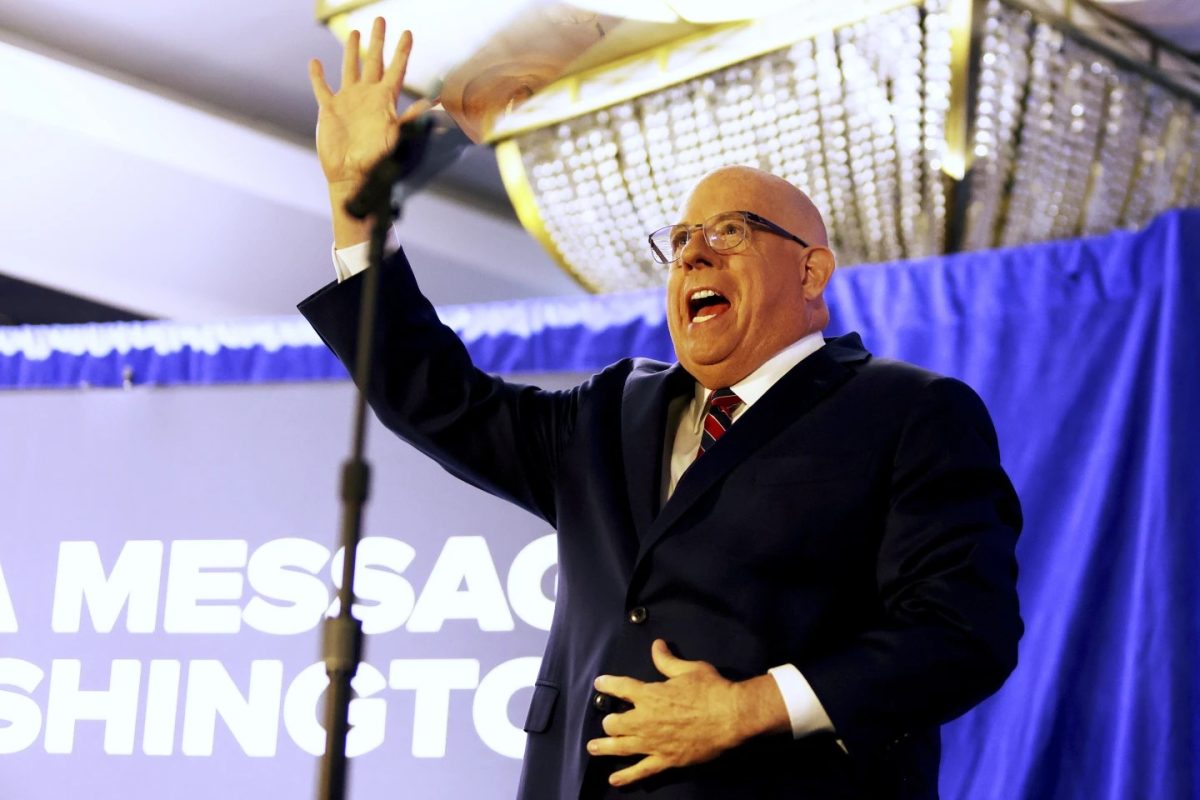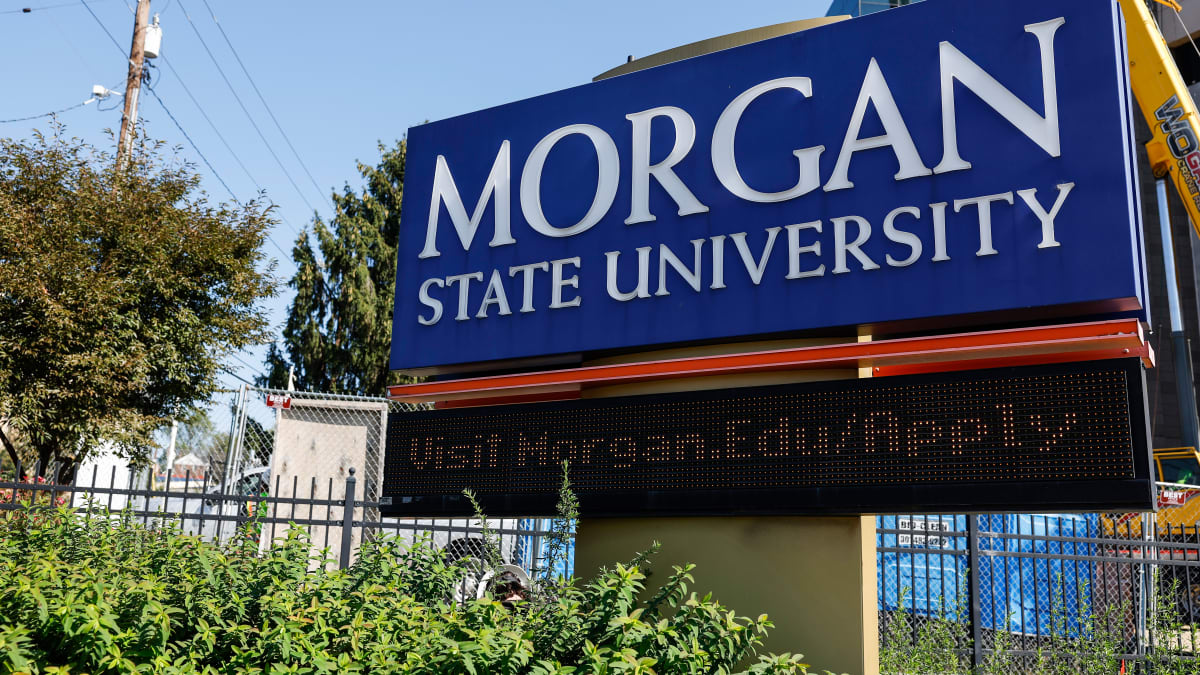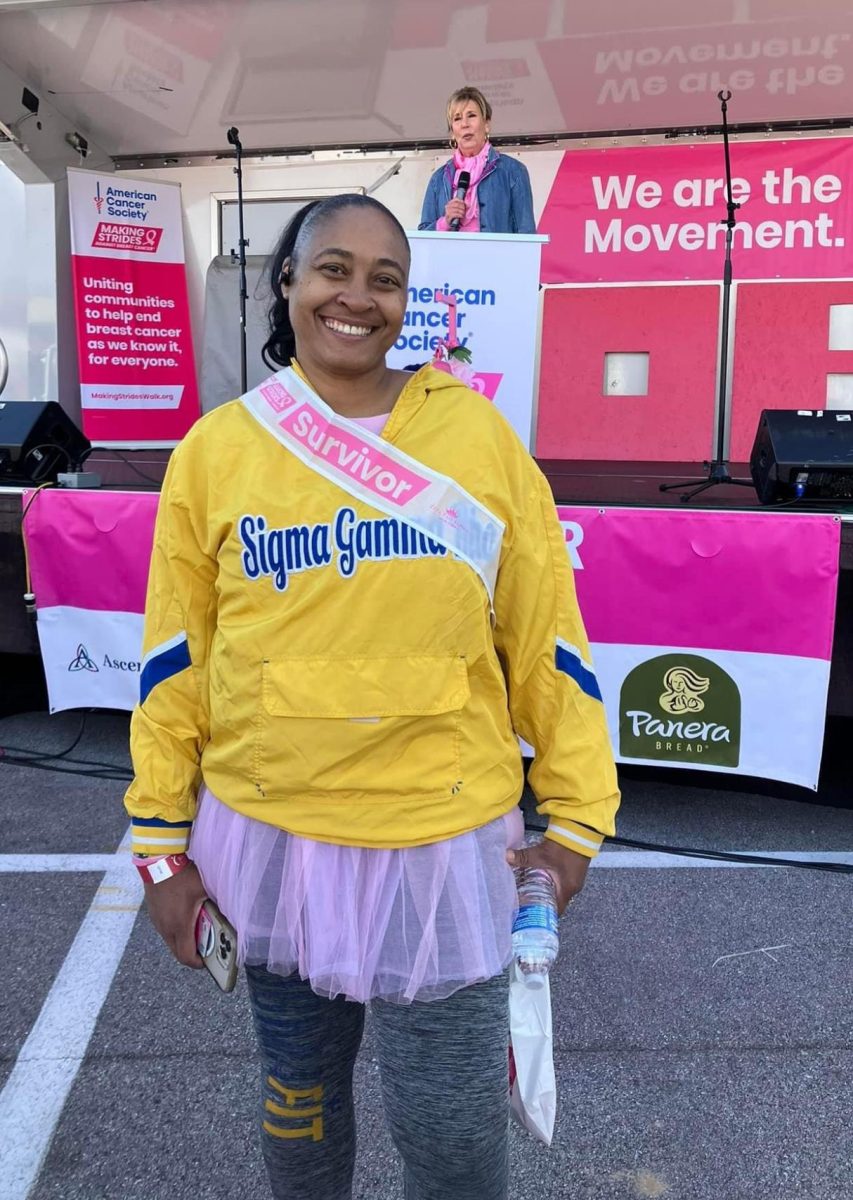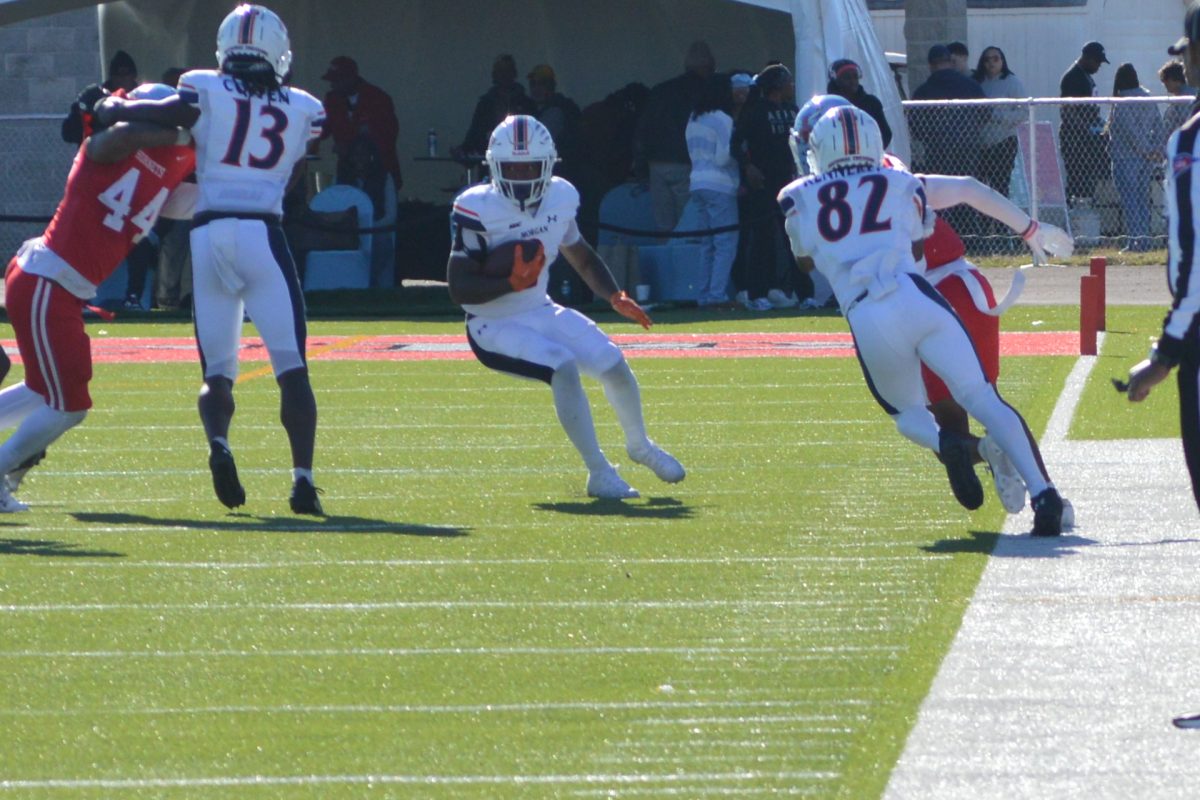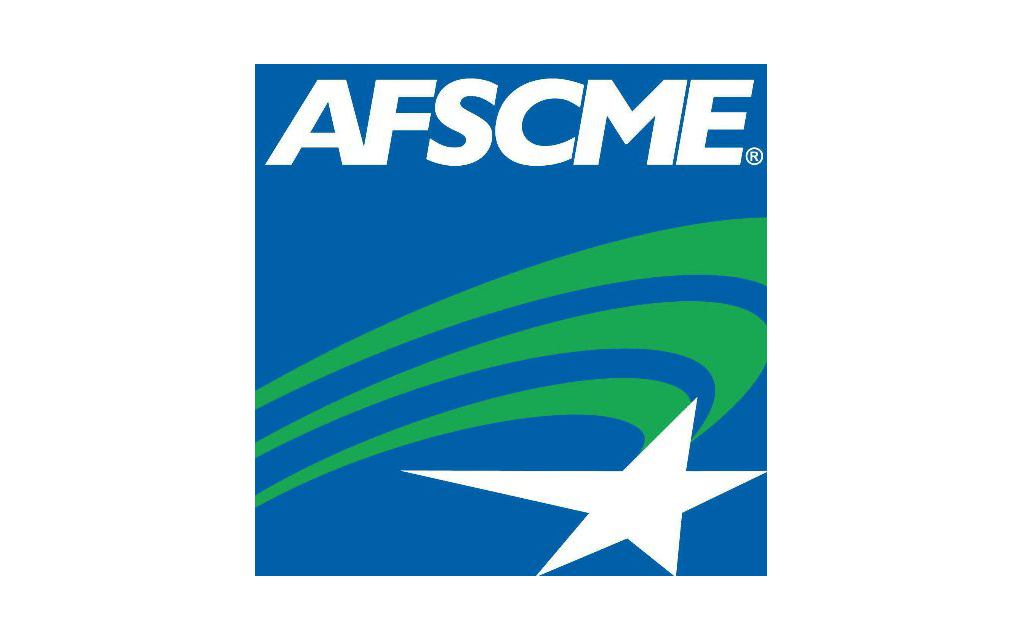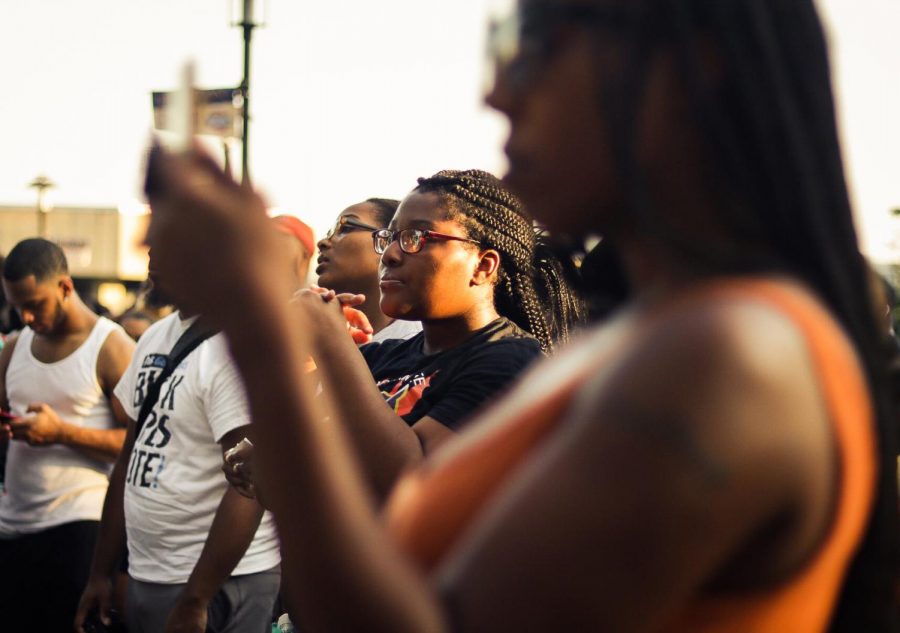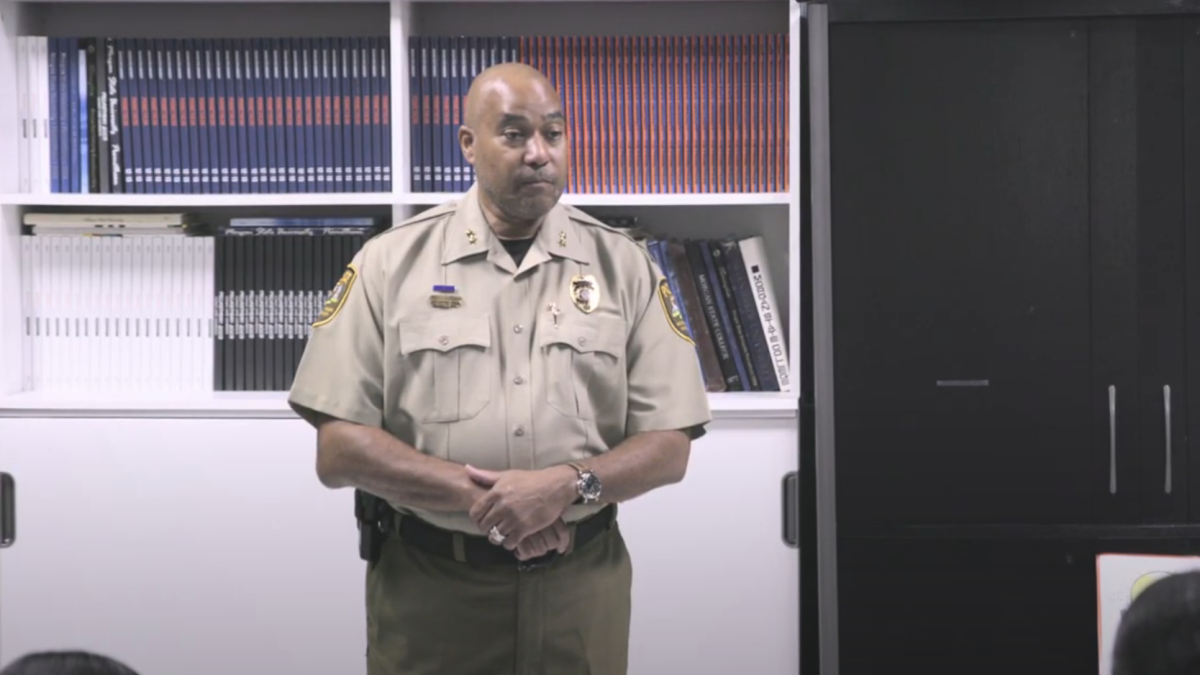When a school the size of Morgan State plays a school the size of Rutgers, the outcome is somewhat predictable. Rutgers is the state university of New Jersey and has more graduate students than Morgan’s total enrollment.
So, why does Morgan and other small schools play teams from larger conferences?
The answer is simple, money. Morgan is actually paid to come to Rutgers and play. The exact amount is unknown, but it does help significantly with supporting the athletic department. This system is in place so that the small schools get the financial support that is necessary in order to operate their athletic programs.
“I won’t go into full details,” said Morgan Athletic Director Edward Scott, “but what I can say is that it is very advantageous for us to play a team from the Big Ten financially. It helps subsidize a large portion of our budget. That’s why not only Morgan do it, but a lot of FCS (Football Championship Subdivision) teams across the country do it.”
The only two college sports that usually produce revenue are basketball and football. The other programs rely on subsidies from games like these in order to field teams and afford travel. This situation is standard for most small schools like Morgan. Rutgers was the largest school that the team has played in years, with over 50,000 total students at their New Brunswick campus.
In the past, Morgan has played teams like Marshall University, and both the Air Force and Army academies. Most of these games ended similarly to the Sep. 16 matchup with Rutgers, which ended 65-0. Occasionally, one of these matchups is close like the three point loss to Eastern Michigan in 2014. Sometimes a MEAC school will even pull the upset, like 45-point underdog Howard University did versus UNLV in their season opener.
Most realistic fans understood that these games are one sided affairs, but a small group of Morgan alumni made the trip to support their Bears. Four rows in the north end zone section where decked in blue and orange surrounded by a sea of red. There was also a tailgate tent set up that served food to anyone that supported Morgan.
“I appreciate their support,” said Scott ”I know our alumni and former student athletes have pride, and I want them to know that this is a building process. Part of our strategic plan was a return to greatness, and that starts with step one.”
There are more reasons, other than financial, that the Rutgers game was an positive for the football team and the athletic department. This game was a true measuring stick of talent for some players and coaches. Going up against a FBS (Football Bowl Subdivision) team can show a player how close or far they are from those on this level.
This game also served as publicity for the school and football program. Playing in front of a crowd of 20,000 as well as a national television audience on the Big Ten Network can be good for recruiting, even with the lopsided final score. The exposure to that many people is a positive step forward for the program, that can be capitalized upon.
Finally, for the ten players from New Jersey on Morgan’s roster, this game served as sort of a homecoming for them. Either their families were able to attend or watch the game on television.
“If we’re going to play FBS type programs, I would like to play [Rutgers],” said Scott. ”Our fans can travel, its close by, and most importantly we have a lot of student athletes from New Jersey. It’s a chance for those young men to get a chance to come home and to have their families watch them play, and I think that is important.”
In the future, Morgan will play schools like Rutgers, with similar results. They may hurt the pride of the football team for a day, but it’s worth it for all the good these games do for the athletic department as a whole.
The other sports have these blowouts to thank for supporting their programs, so next time a football score is questioned, remember it when another team is winning a track and field meet or a softball game.



